Choosing a neighborhood that suits your personality and lifestyle can greatly enhance the pleasure you derive from living in your home. There are many factors to assess when choosing a neighborhood. You may want to live in a quiet area with easy access to public transportation or prefer the hustle and bustle of metropolis life with its many entertainment options.
Of course, you might love living where you are right now—but if you want to change and try something new that fits your desired lifestyle? Here are some ways to find the perfect place.
Make a list. Write down all the qualities that you are looking for in a neighborhood. For instance, do you want to live in an urban setting with easy access to public transit or prefer more space and quiet surroundings? Do you like to be near family and friends or prefer to live in an area where your social circle is composed of new people? Include the basics, such as budget and square footage requirements, and any specific features important to you.
Look into schools. If you have children, the school, your community provides is likely to be a major consideration in purchasing a home there. Before choosing which community to live in, ask: Is it important for my kids to get a French language or faith-based education? Even if you don’t have children, neighborhood schools are worth considering. A well-maintained property in the area can increase your property’s value when it comes time to sell.
Go on weekend scouting missions. Browse the neighborhoods that meet your needs, and check out each one. Go for a stroll; visit local parks and other amenities (such as shopping areas or golf courses). Look at the types of homes in this area. Are they large, spacious, and in good condition? Or are they small and rundown? Are there a lot of kids playing in yards or on sidewalks, or are you more likely to see young adults out with their friends? What kinds of people live here—families with children, retirees living on fixed incomes, young professionals working in town? How does the neighborhood look overall—is it well-maintained or run down?
Get to know the local market. Once you have identified a few areas that appeal to you, look at what’s available in your price range. An easy form to do this is by checking out neighborhood listings on websites like Zoopla or Rightmove. If you’re looking for a new home but are on a limited budget, you may have to rule out certain communities in favor of others that offer similar amenities. Contact an agent as soon as you feel ready: A real estate professional can help guide your search and identify locations with the most potential for meeting your distinct preference set.
Talk to the neighbors. Try to chat with some of its residents when you visit a neighborhood. If you see someone walking a dog or doing yard work, say hello and start a conversation about what it’s like to live there. It’s a great way to get an insider’s perspective on the neighborhood. You can also talk to neighbors who are out walking their dogs or doing yardwork or knock on doors when you see people in their homes and ask if they have any spare time for a chat.
Consider commute times. Many buyers only consider their daily commutes after falling in love with a particular enclave. All too often, these prospective homeowners are surprised to find that the charming neighborhood is an hour’s drive from work—on a good day. If you’re considering moving, it’s worth knowing how far away the neighborhood is from places that are important to you—like your workplace and daycare.
Get the facts. There are plenty of sources for information about neighborhoods, including crime statistics and demographic data. Check out the local newspaper or visit the city’s website for crime statistics. You can contact local police and ask about crime trends in your area of interest. You may get an insider perspective on a neighborhood by talking with police officers who work there daily.
Check affordability. There needs to be more sensitivity in looking at properties outside your price range. Conversely, you might be pleasantly surprised by what you can get for the money. The best way to determine affordability is to get a pre-approval letter from your lender. It will tell you how much you can afford and what types of homes you can buy based on current interest rates and other factors. If there’s a hot new development in your area, it may be worth checking out, even if it is outside your current price range. The demand for housing in that area could drive prices up—and make it easier for you to sell later. The best way to find a home in the neighborhood of your dreams is often with the help of an expert—and that’s why we’re here.
